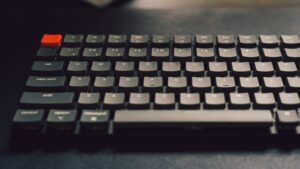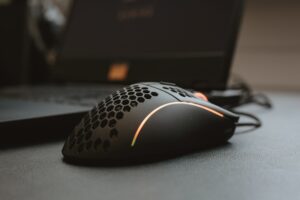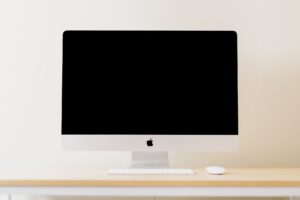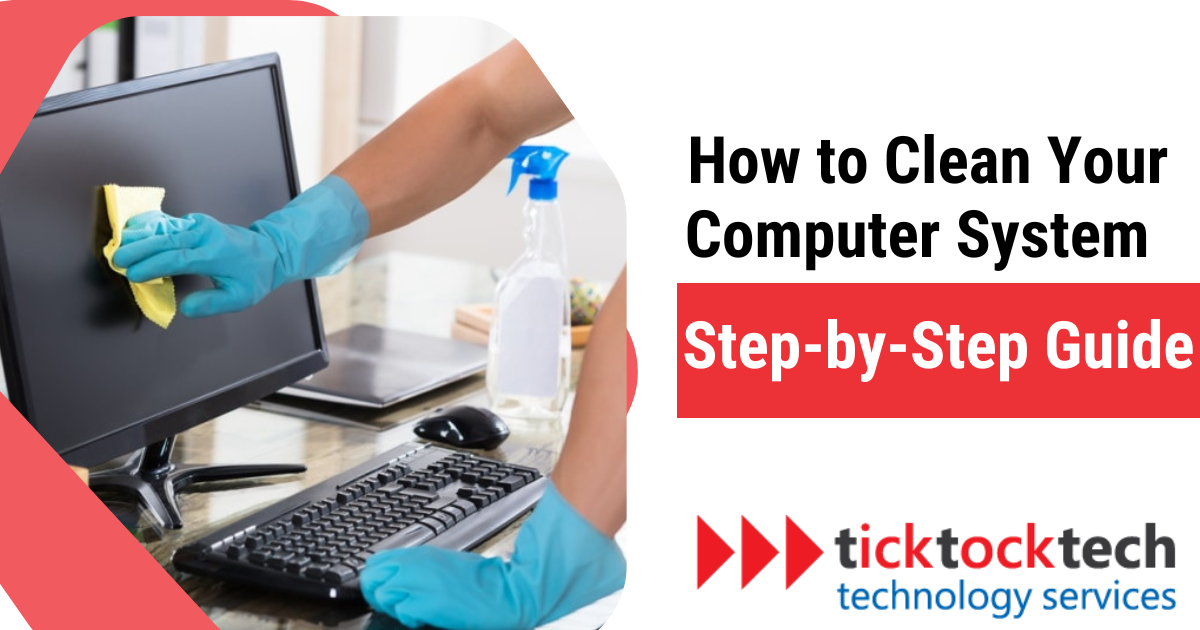Excess dust in your computer can affect its performance and even cause overheating. Similarly, the presence of unwanted files, software bloat, and malware can affect your system’s speed and responsiveness. In this comprehensive guide, you’ll learn how to clean your computer system, physically and software-wise.
How to Clean Your Computer Physically
Cleaning your computer physically is an essential maintenance routine to ensure optimal performance and extend its lifespan.
Related: 4 Step Procedure for Cleaning Inside of your Computer
Tools and Materials To Clean Your Computer Physically
- Screwdriver
- Compressed air canister or air compressor
- Soft, lint-free cloths or microfiber towels
- Isopropyl alcohol (optional)
- Small brush or paintbrush
- ESD (Electrostatic Discharge) wrist strap (recommended)
Step 1: Prepare Your Workspace
Before you start, ensure you’re working in a clean, dry, and well-ventilated area. Power off your computer and unplug all cables, including the power cord. If you’re using a desktop, it’s advisable to open the computer case to access internal components.
Step 2: Ground Yourself
To prevent static electricity discharge that can damage computer components, wear an ESD wrist strap and attach it to your wrist. Alternatively, you can touch a grounded metal object to discharge any static buildup.
Step 3: Remove Dust with Compressed Air
Hold the compressed air canister or air compressor at a safe distance from the computer components to prevent damage. Carefully blow compressed air into the vents, fans, and openings, directing the airflow away from sensitive components.
Step 4: Clean Internal Components
Use a small brush or paintbrush to gently dislodge dust from hard-to-reach areas, such as corners and crevices. Do not touch components like the motherboard, RAM, or CPU with the brush.
Step 5: Wipe Exterior Surfaces
Use a soft, damp cloth to wipe down the exterior of your computer. Be careful not to get any liquid inside the computer.
Step 6: Reassemble and Reconnect
If you open the computer case, carefully reassemble it to ensure all components are properly seated. Reconnect all cables and peripherals.
How to Clean the Keyboard

- Unplug the keyboard from the USB or PS/2 port (remember to shut down if it’s a PS/2 connection).
- Invert the keyboard and gently shake it to dislodge dirt and dust.
- Use a can of compressed air to clean between the keys.
- Dampen a cloth or paper towel with rubbing alcohol to clean the keycaps. Avoid pouring liquid directly onto the keys.
- Allow the keyboard to dry completely before reconnecting it.
Cleaning the Mouse

- Unplug the mouse (shut down if it’s a PS/2 connection).
- Moisten a cloth with rubbing alcohol and clean the mouse’s top and bottom.
- For mechanical mice, remove the tracking ball by turning the ball-cover ring counter-clockwise. Clean the ball and the inside with rubbing alcohol.
- Allow all parts to dry before reassembling and reconnecting the mouse.
Related: How to Choose A Mouse for a Laptop
How to Clean the Monitor

- Turn off the computer and unplug the monitor (or laptop).
- Use a soft, clean cloth moistened with water to carefully wipe the screen.
By following these steps, you can keep your computer clean and dust-free. Remember to schedule regular cleaning to keep your computer in top shape.
Step 1: Backup Your Data
Before you start, back up your files to avoid losing any valuable information during the process. You can use an external hard drive, cloud storage, or any reliable backup tool.
Step 2: Uninstall Unnecessary Programs
Remove any unnecessary programs or applications from your computer. These programs take up valuable storage space and run in the background, consuming system resources. To uninstall programs:
– For Windows: Go to “Control Panel” > “Programs” > “Uninstall a program” (or “Add or Remove Programs” in older versions). Select the software you want to uninstall and follow the prompts to remove it.
– For macOS: Open the “Applications” folder, drag unwanted applications to the trash, and then empty the trash.
Step 3: Delete Temporary Files
Temporary or junk files accumulate over time and can slow down your computer. To delete these files:
– For Windows: Use the built-in Disk Cleanup utility. You can find it by searching for “Disk Cleanup” in the Start menu.
– For macOS: Open “Finder,” go to “Go” > “Go to Folder,” and enter “~/Library/Caches.” Delete the contents of the “Caches” folder.
Step 4: Organize Your Files and Folders
A cluttered file system is often difficult to access. Take some time to organize your documents, photos, and other files into logical folders. This not only improves system performance but also enhances your overall computer experience.
Step 5: Update and Optimize Your Operating System
Keeping your operating system up to date is crucial for security and performance. Check for and install the latest updates:
– For Windows: Go to “Settings” > “Update & Security” > “Windows Update” and click “Check for updates.”
– For macOS: Open the “Apple menu” > “System Preferences” > “Software Update” and install any available updates.
Step 6: Run Antivirus and Anti-Malware Scans
To ensure your computer is free from malware and viruses, scan with an antivirus program. Use a reputable security software and follow the instructions for scanning and removing detected threats.
Step 7: Disable Startup Programs
Many applications launch automatically when you start your computer and slow down the boot time. Disable unnecessary startup programs to improve boot speed:
– For Windows: Open the “Task Manager” (Ctrl + Shift + Esc), go to the “Startup” tab, and disable unwanted programs.
– For macOS: Go to “System Preferences” > “Users & Groups” > select your user account > “Login Items.” Remove unnecessary items from the list.
Step 8: Clean Your Web Browser
Web browsers accumulate cached data, cookies, and extensions that can impact their performance. Clear your browser’s cache and cookies regularly, and remove unnecessary browser extensions.
By following these steps, you can keep your computer’s software clean and clutter-free. Remember to perform regular software maintenance to keep your computer in top shape.
Frequently Asked Questions
Cleaning your computer step by step involves both physical and software maintenance:
Physical Cleaning:
– Power off your computer and unplug it.
– Use compressed air to remove dust from internal components, like fans and heatsinks.
– Clean your keyboard by shaking out debris, using compressed air between keys, and wiping keycaps with rubbing alcohol.
– Clean your mouse by wiping it with a cloth moistened with rubbing alcohol.
– Wipe down your monitor with a soft, clean cloth dampened with water.
Software Cleaning:
– Back up your data.
– Uninstall unnecessary programs.
– Delete temporary files.
– Organize your files and folders.
– Update your operating system.
– Run antivirus and anti-malware scans.
– Disable startup programs.
– Clean your web browser.
The best way to clean a computer system is to practice physical and software maintenance. Regularly remove dust and debris from internal components, clean input devices like the keyboard and mouse, and wipe the monitor screen. Also, maintain your computer’s software by uninstalling unnecessary programs, deleting temporary files, and running antivirus scans.
The first step in cleaning a computer is to power it off and unplug it from the electrical source. This will completely disconnect your device from power and minimize the risk of electrical hazards.
Conclusion – How to Clean Your Computer System
This guide explains the essential steps for keeping your computer system in top-notch condition. By addressing both physical and software aspects of cleanliness, you can ensure optimal performance and extend your computer’s lifespan. Remember, regular maintenance is key to a healthy computer. Schedule periodic cleanings to prevent excess dust buildup and software clutter. If you need further guidance to clean your computer or want a professional to help you clean your PC, contact us at TickTockTech.

